We’re not going to sugarcoat it, 2025 will be all uphill for most of the 3D printing industry. For printer manufacturers, material producers, and software publishers, it’s a roll-up-your-sleeves and deliver moment. Those that don’t, won’t weather the year.
Yet, this is not what we heard from most companies at the November Formnext Expo, which was surprisingly brimming with positivity.
Nevertheless, balancing optimism with the reality of lower investment, challenging macroeconomic factors, and consolidations, is more likely the overall approach to making 2025 better than 2024.
All3DP reached out to thought leaders across the market to get their take on 2025. From our own Editorial Advisory Board, in-person interviews conducted at the recent Formnext Expo, and other sources, here’s what you can expect in the additive manufacturing industry in 2025.
It’s Not The Technology
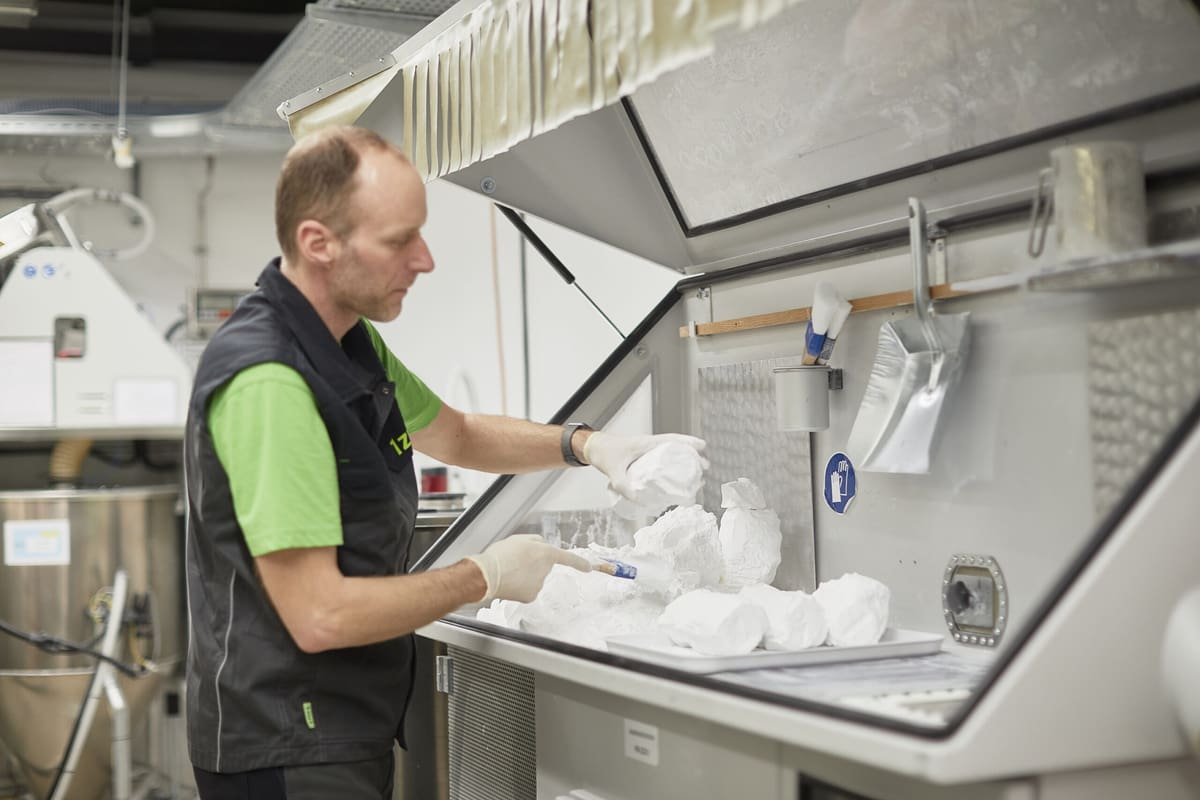
Both outside and inside AM, companies have not lost faith in the promise of the technology.
“Our vision has not changed,” Alex Monino, senior vice president of personalization and 3D printing at HP told All3DP. “We still believe this industry, eventually, will be a mainstream industry. It’s just going to take longer than what we all anticipated.”
The market downturn in 2024 was caused by factors ranging from high interest rates and less access to capital, to manufacturers having a solution that’s working for them right now: traditional manufacturing.
“As we step into 2025, the once-promising skies of the 3D printing industry seem overshadowed,” said Brigitte de Vet, CEO of Materialise, in a statement. “Some people question whether the industry can fully deliver on its initial promises. Industry insiders know that this period simply reflects the growing pains of a transformative technology whose biggest potential lies ahead.”
What you’re not hearing is any fundamental concerns with the technology, says Monino. “I think people still see the value.”
However, the public image has certainly taken a hit, especially in mainstream media coverage of stock market delistings and contentions mergers.
“While we have seen reports of the 3D printing industry underperforming, there is still a strong optimism,” Michiel Alting von Geusau, CEO of UltiMaker told All3DP. “At the same time, challenges remain — standardization, security and privacy, training and support — so it will take more time and effort to help customers discover the opportunities in 3D printing.”
2025 will shape up to be a year of rebuilding from the hit the AM industry took in 2024, industry leaders told All3DP.
“What we’ve gone through over the last 12 months in particular, is really one of the worst times in 3D history,” Phil DeSimone, CEO of printer manufacturer Carbon, told All3DP. The main cause, he says, is the sour taste in people’s mouths who invested a lot of money into the market, and it didn’t turn out.
“3D printing companies were setting expectations that — any of us who had been in the industry knew — were impossible,” says DeSimone, “but they were setting the market expectations and they weren’t achieving it, and it really ruined it for the industry as a whole.”
The hype bubble finally bursting for additive manufacturing was a common theme in both financial and business media, with some truth to it.
“While the industry finally seems to be consolidating,” notes Brian Alexander, at Syensqo Specialty Polymers. “I’m hoping this will leave room for the more serious and practical companies to shine and not ride waves of investments secured through false expectations.”
So Why Optimism?
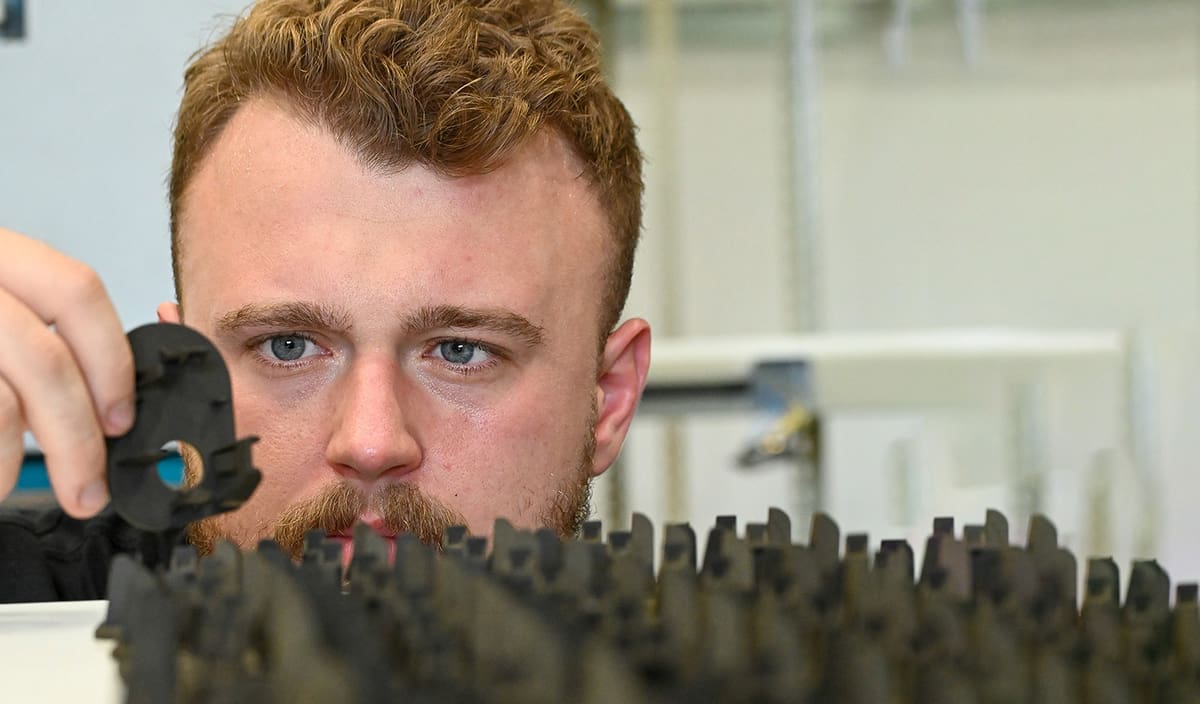
Notable exits from the market (Nexa3D, Zortrax, Sintratec, Kimya), stock delistings (Voxeljet, Velo3D), and major companies bought out (Markforged, Desktop Metal, Covestro) in 2024 led to negative press and an investment segment seemingly souring on AM. But that’s not the reality on the ground, many industry insiders say.
“Amongst the actual people doing the real 3D printing we have never seen a larger appetite and ambition for 3D printing and future business plans built around AM,” says Douglas Krone, CEO of Dynamism, a consumer and industrial 3D printer and materials reseller.
What does the industry need most in 2025 to grow?
More companies buying more 3D printers may be part of what the market needs to grow, but how does that happen?
Although certainly not an easy sell today, the answer may still be: investment.
“3D printing … is still considered an emerging technology, and continued investment is essential for growth,” says Geusau at UltiMaker. Yet, DeSimone at Carbon, believes, from an investment perspective, we’ll see a very tough hangover from 2024 linger well into 2025.
“Over the next 12 months, investor dollars are going to continue to sit on the sidelines,” says DeSimone, “and you’ll start to see the number of players in the industry shrink, whether that happens through consolidation or just people simply going out of business.”
So, before we see a return to investment, the industry will still have some painful consolidation to complete.
“Companies need to create healthy balance sheets and strong revenue streams, which may come from more mergers,” says Krone. Once complete, there can be more focus on R&D and product roadmaps that offer transparency and predictability for enterprise customers to make multiyear growth plans centered around 3D printing, he says.
The Pivotal Year That Was 2024

Aside from investment, companies need to pivot from selling technology to selling a solution to a manufacturing problem. Certainly, many companies already have this mindset, but there’s been a noticeable shift. Application development that was once behind-the-scenes work with select high-value clients is moving to public-facing marketing. Companies are selling their manufacturing expertise as much as their hardware, if not more.
Prime examples of this are HP, EOS, Nikon SLM, and Carbon.
“We believe this is an application-driven market,” says Monino at HP. “We’re not selling equipment, we’re selling the ability to produce an application, which includes a number of things: the printing process, the materials, and the post-processing process.”
Echoing the same sentiment, DeSimone at Carbon said: “What the industry needs is to return the focus back on to the applications. We’re not here to sell printers, we’re here to help customers bring game-changing products to market, and I think that it’s going to go more in that direction. It’s what this industry needs to take the next leap.”
Helping customers experiment with additive manufacturing, especially with large expensive metal parts, is the strategy behind Nikon SLM’s new AM Technology Center in Long Beach, Calif.
“We have a place that can help customers accelerate their journeys for metal adoption, whether that’s applications, proofs of concept, or even low-rate production in different alloys and new alloys,” says Hamid Zarringhalam, CEO of Nikon Advanced Manufacturing, which acquired SML Solutions, the giant metal 3D printer manufacturer in late 2022.
“We find ourselves educating more about the benefits of AM to help with accelerating that learning and an area of concern is still workforce development,” says Zarringhalam.
Printer and materials manufacturer EOS opened a new customer training center in the US to “deploy resources in advance of them being needed to support our customers through the learning curve,” says Glynn Fletcher, president of EOS America.
“The standard used to be that additive manufacturing system suppliers, like us, would focus on proof of concept, and then do a benchmark and a sample,” says Fletcher, “but because the learning curve could be quite steep, that would cause some problems and challenges.”
So EOS, and many others, took the support a step further and instead of limiting it to proof of concept, moved it past that to proof of process.
Metal Powder, the Unlikely Star
Although a few companies making polymers opted to leave the AM industry in 2024 on the metal powder side, there were entrants and start-ups.
“The materials segment seems to be quite healthy,” John Barnes, president of The Barnes Global Advisors told All3DP. “This means people are making stuff. And making stuff is supposed to be what AM wants to be about.” Barnes is also the CEO of a company called Metal Powder Works.
“I hope, and I think, we will start to see a materials evolution in 2025,” says Barnes. “More alloys and more awareness of the true requirements of metal feedstock.”
Hitching the Wagon to Defense
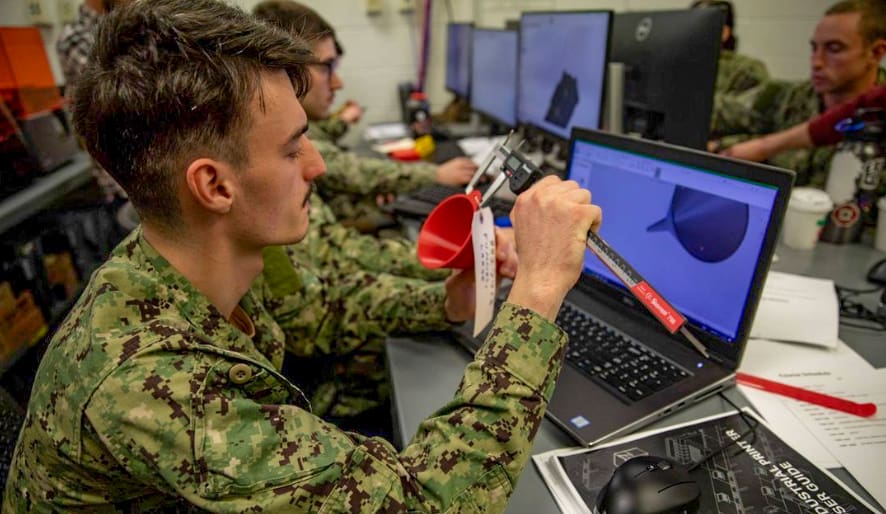
Applications for additive manufacturing range from automotive to healthcare to aerospace, and everything in between, but in 2025 the focus is defense. The defense industry’s adoption of additive manufacturing will be a bright spot, several industry leaders we spoke with declared.
“There are gaps in the defense industrial base … that are very difficult to try to address with conventional means,” says Zarringhalam at Nikon SLM.
Military branches are considering 3D printing not only from a standpoint of addressing supply chain issues, but also for its inherent benefits, such as lightweighting, design freedom, and the ability to make difficult parts monolithically, notes Zarringhalam. “Whether or not that is going to translate into volumes in 2025 I can’t say…, but I do think that its one of the biggest drivers for [Nikon SLM in 2025.]”
Fletcher at EOS told All3DP that a lot of his optimism with the defense sector and regulated industries comes from advances in part qualification and certification years in the making. “We’ve gone through that qualification process now, and that’s what we’ve been waiting for — the dam has broken with regards to these applications and there is no going back once these regulated industries have made that decision.” The only question now, he says, is how many parts will be made and when.
Nowhere To Go But Up?
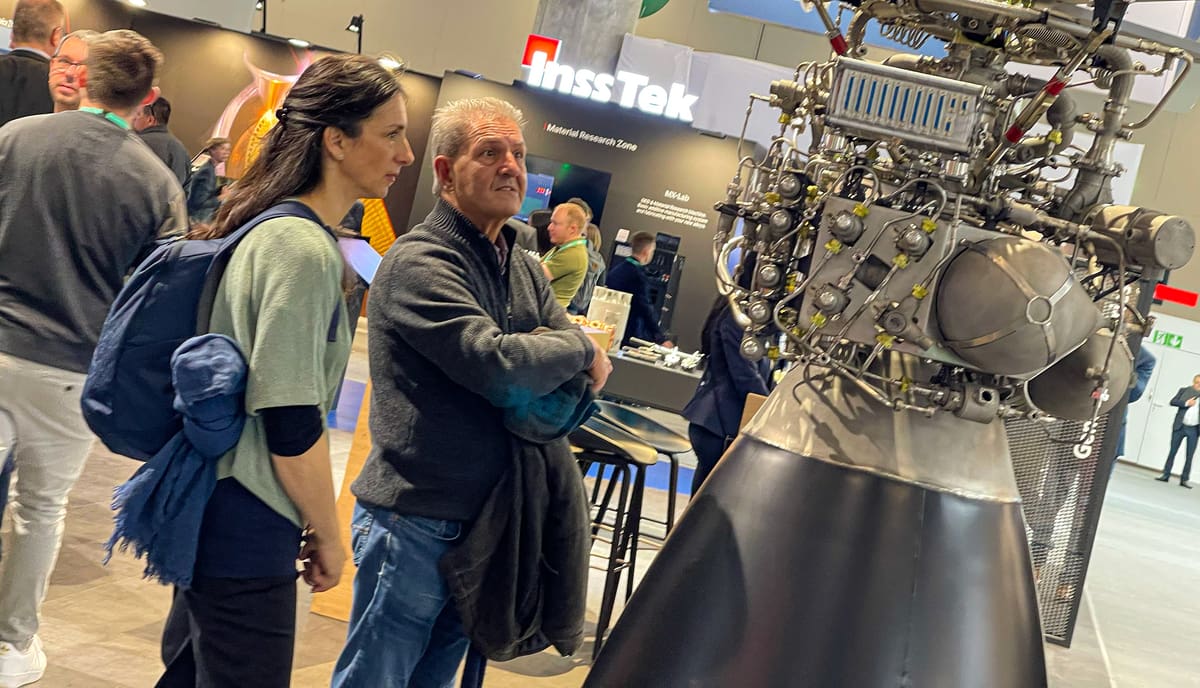
“I think we’re going to look back at these years, and it’s going to be actually one of those seminal moments in the overall history of 3D printing,” says DeSimone.
Will it be the year that cleaned out the noise, tamed the hype, and changed the trajectory of the industry? The most veteran of leaders we spoke with who have decades in the industry, agreed it may be.
“We did well [in 2024] and we plan to come out of this market downturn stronger,” says Molino, one of the founders of additive manufacturing at HP.
“I’ve been in the machine tool industry for a long time, over 40 years,” says Fletcher at EOS, “and I’ve seen lots of ups and downs through that period. So I’m always a little cautious to be too optimistic, but I don’t think I’ve ever felt as positive about anything in those 40 years as I feel about additive today.”
2024 Predictions On the Mark!
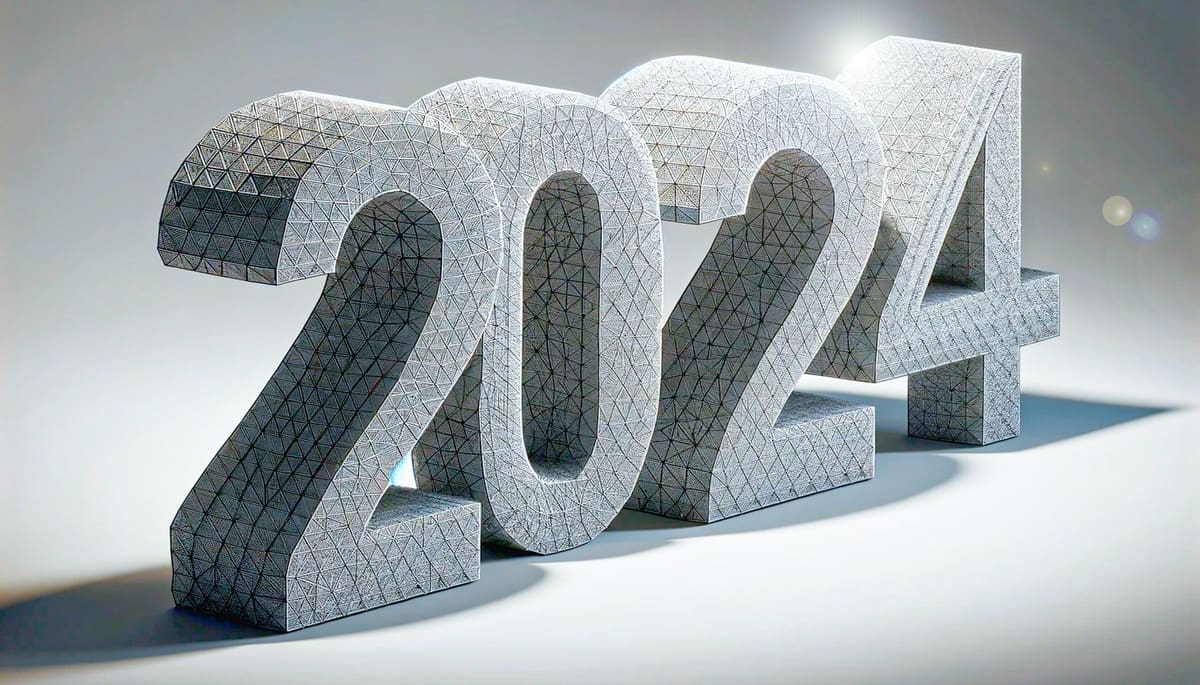
No one wants to hear “I told you so”, but in this instance, it’s a good thing. Our editorial board predictions a year ago for 2024 were mostly spot on. You can reminisce at the link below.
Do you have projections for 2025? Please share in our comments section below.
License: The text of "Additive Manufacturing 2025: Industry Leaders on What to Expect" by All3DP Pro is licensed under a Creative Commons Attribution 4.0 International License.
